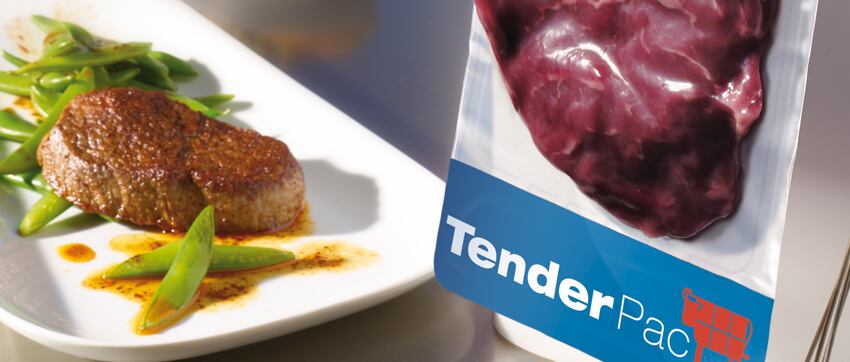Its report, ‘Latest Trends and Key Issues in the German Retail Packaging Market’ claims over half the German population will be aged 65 or over by 2055 and this will see more easy-to-handle packaging, with bolder labelling.
Dominic Cakebread, director of packaging services, Canadean, told FoodProductionDaily.com the report focuses on Germany because it is related to one of a series of 20 country reports.

China 'one child' policy
“The issue of ageing is not just a German issue, but one that affects the developed market and some developing ones, most importantly perhaps China because of its ‘one child policy’,” he said.
“Other developing markets, Middle East, Asia and Latin America, have much younger demographic profiles so ageing is not really a worldwide problem, except in the sense of the growing disparity in this respect between developed and developing countries.”
The report states demand for lightweight, protective packaging will push rigid plastics to its highest value growth over the next five years, at an annual rate of 1.88%.
This can be seen in Sealpac’s Tenderpac, a flexible plastic system for storing red meats in ambient conditions.
However, there are concerns about the rising costs of raw materials which meant sales of plastic film across both consumer and non-consumer markets fell by 0.4% in 2012.
Volatility of pricing
“Although oil/energy costs have been rising at a global level over the last few years and this affected polymer and resin costs, there are other factors (such as the development of fracking in the US) that suggests it might go down again in future years,” added Cakebread.
“So it is the volatility and unpredictability of pricing that is the main issue not the absolute price, which is being offset to a degree by light-weighting (i.e. more packs per tonne of polymer).
“There are also other demand side issues that as global economies recover may well affect packaging polymer pricing - e.g. if demand for certain polymers from automotive or clothing markets increases as consumer buy more, this can create short term supply shortages for packaging pushing up prices - this has happened for PET in some markets in recent years.”
Cakebread said heavier and fragile glass will decline because lightweighting has become more trendy. For example, PET bottle weights have reduced 30-35g per bottle to as low as 7g per bottle.
“Lightweighting is also taking place in glass bottles, however there are limits to which glass can go compared to plastics,” he added.
Returnable glass
“In Germany, you have a relatively strong returnable glass bottle system for beer/soft drinks. These bottles do several trips so the costs are aggregated over the number of trips, however the bottles need to be stronger and heavier to enable this.
“As awareness of the ‘total system costs’, i.e. the cost of returning and cleaning the empty bottles for refilling increases, there is slow but increasing appreciation that single-trip but recycled and lighter weight plastics bottles are a viable alternative to returnable glass bottles.
“The German market is typically very conservative however, so I don’t expect quick and radical change in this respect.”
Companies that have already focused on smaller packaging to reduce waste and conserve space include Nestlé which has introduced a space-saving cup-shaped flexible pouch for its instant soups, for on-the-go consumption.
